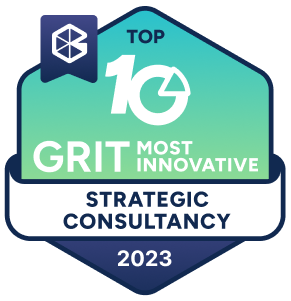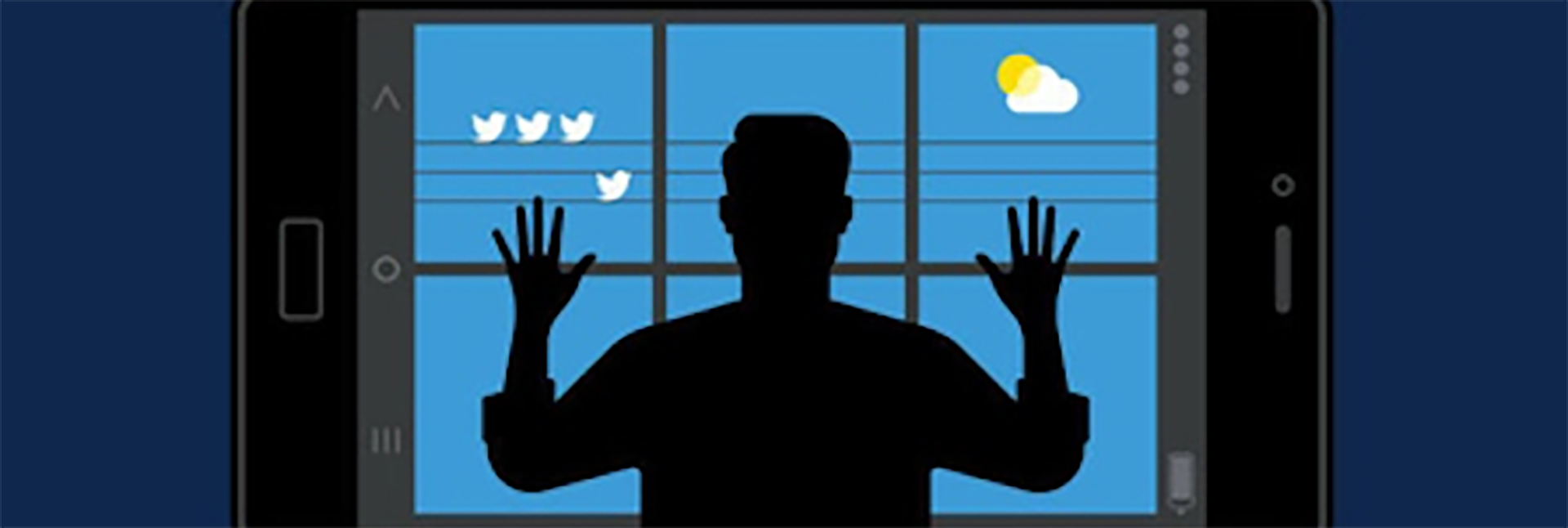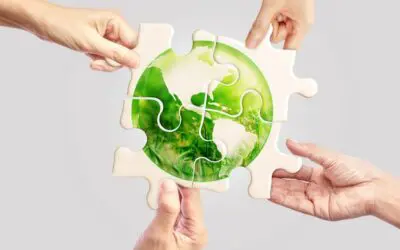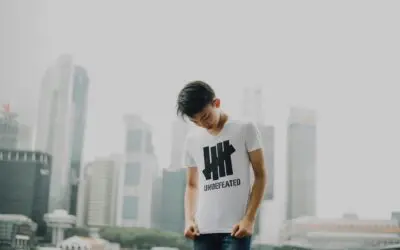Part 1: What have humans been undergoing?
“If anything kills over 10 million people in the next few decades, it’s most likely to be a highly infectious virus rather than a war. Not missiles, but microbes.” – Bill Gates, 2015
At this epic time, there have been profound changes in human experience, our comfortable, familiar and taken-for-granted normal life has suddenly been taken away, leaving us perplexed and in a prolonged moment of contemplation. The above statement was made by Bill Gates in 2015 after the Ebola outbreak. The pandemic has mixed everything and everyone together giving rise to a realization that we are all part of a grand and complex system which has turned out to be very fragile. It is perhaps time to re-look at the way we approach the world and the way we design our life, economy and society.

Despite countries closing their borders the virus did not stop. The visible boundaries we set for ourselves have been ineffective in helping us contain the invisible virus. It has broken every boundary we have built in the past, our understanding and approach to the world, priorities we have set for our life and society, and our imagination of happiness and an ideal life.
This has all been challenged and deserves a review and reimagination
Here are a few provocations that might help frame our thinking in the future
Efficiency vs. Connection
The fast pace of city life, coupled by all kinds of conveniences enabled by technology, has created instant gratification and super fragmented and always-connected services. We are constantly looking for solutions to maximise utility and value of our time, seeking more frictionless efficiency. In a culture that places high priority on pragmatism over idealism, some people even coined a term “有效社交” (efficient socialising) to emphasize the need for returns from socialising. When everything suddenly stopped due to lockdowns and quarantines, we started to realise that connection with people is indispensable for our well-being, even though it might be not efficient or effective by any monetary definition.

Science vs. Literature
When doctors are fighting on the frontlines to save lives and researchers are fighting against time to develop a vaccine, people are hoping science can get the world out of this tragedy quickly, but it may take longer than we all expect or hope.
Fear, uncertainty about the future and anxiety are deep in people’s minds and hearts. Empathy towards those impacted at the epicenter and anger towards those who failed their duties at the beginning all come together at the same time. Poems and literature unexpectedly begin to touch many hearts deeply.
At the beginning of the virus, Japan warmed many Chinese people’s hearts with poems written on the outside of the donation box of masks, bolstering Japan and China’s complicated relationship to an unprecedented high. The emotional comfort from those poems offered an even stronger support to erstwhile strained countries.

At the epicenter of Wuhan, a local writer called Fang Fang shared his quarantine diary, offering a rare peek into lockdown life and showing what Wuhan people were going through. It received more than 50 million views, despite people being bombarded by news, rumors and propaganda. From an anthropological point of view, it was interesting to see personal literature play such a big role and get so many people’s attention in a country led by government oversight.
City vs. Nature
At the beginning of the virus, many were worried about the lower tier China, as healthcare facilities lag behind. Interestingly, the city ended up being more fragile than the countryside due to population density and uncontrolled movement of inhabitants. The countryside became a safe for many. Many wealthy Chinese even turned to their countryside villas to spend their quarantine life in a more relaxed and safe manner.
When cities are locked down and people quarantined at home, ironically, we had more visitors from nature in the empty streets. The air quality improved when factories were idle. The picture below, released by NASA, shows a decrease in China’s pollution related to the coronavirus shutdown. In India, during lock down, the Himalayas became visible in parts of India 125 miles away for the first time in 30 years after the coronavirus saw pollution levels drop across the country!


When parks and public spaces were opening to the public, we saw people who were quarantined at home for flooding out to connect with nature. There seems to be a value in nature that staying at home or virtual life cannot fulfill. In “The Art of Travelling”, Alain de Botton attempted to explain our love of nature and its curative powers. He says, “The poet proposed that Nature, which he took to comprise, among other elements, birds, streams, daffodils and sheep, was an indispensable corrective to the psychological damage inflicted by life in the city.” The opportunity to see a world bigger than our home and ourselves, to breath in the fresh air and to simply see more has become so tempting that people were willing to take the risk joining the crowds outside.

Many are concerned that urbanisation will continue to destroy our natural spaces.
There have been many innovations to embed nature into city life in urban design. For example, Singapore Changi Airport has brought nature into the airport. Usually a place of transit and nonstop movement, they have tried to make it a hub where people can relax, shop, connect with others in a more natural environment. But is it enough for us? Should all of the human activities have to be built around a city?
The famous food and countryside vlogger, Li Ziqi, shared videos that brought us back to a countryside utopia where traditional Chinese intellectuals live. In her videos, she appears in places surrounded by landscapes with an old-fashioned attractiveness, all-natural ingredients and simple and practical utensils. Her series resonated with many young urbanites who are exhausted by the bustling and busy urban life.
Tech vs. Life
In this always-connected world, doing things online and via mobile is a normal way of life.
But this has escalated to an “everything is an online social experiment” reality, where everything has shifted online – classes online, working online, ordering online and socializing online. As a result, the boundary between home and workplace has been blurred and we have realised that contact between teacher and students, mother and daughter, friends and family cannot be replaced as effectively online.
Some early forecasts of the tech/life substitution have been accurate, in that, quarantine restriction has triggered a historic surge in online gaming downloads and social media usage. For example, in the first two weeks of February, app downloads in China went 40% higher than the average for all of 2019. However, later, we saw that people soon got bored and started to miss the real-life connections that had been constricted.
Tech’s capacity in producing fun in an artificial context, without real life is not that fun anymore, it feels like asking the sumo to perform in a vacuum, the fun evaporates.

In Erving Goffman’s seminal study of cultural anthropology, “The Presentation of Self in Everyday Life”, he outlined how individuals frame their interactions using strategies inspired by theatre. Here, public interactions are performed using the “front region”, and the space where we prepare for this performance as the “back region”. He argued that the success of performances in the front region depended on the privacy and respite of the back region. The more time we spend in the virtual/tech world, the more we want to come back to real life, we all need that balance to certain degree.
“It is good to immerse into that virtual life sometimes, but if you ask me to stay in that virtual life forever, it does not sound real.” – Netizen comment on social media.
I would argue that this pandemic has forced us to look much deeper than we imagined to question the very essence of our being. What values do we stand for? What do we prioritize? In what way should we engage with others?
At this stage, I can only leave you with questions, but as we enter the so called new normal, let’s not forget the deep abyss of questions we have emerged from. Some critical lessons reside in these depths.






